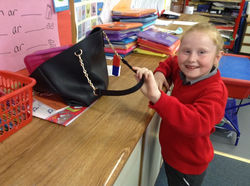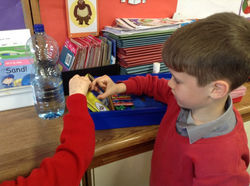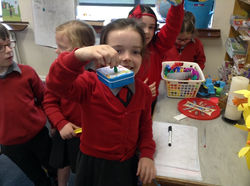
On this page:
DPSM/STEM Show and Tell
Primary Maths & Science
In this section we want to share with you a very small selection from our entire STEM programme just to give you a flavour of the huge amount of work we do in Rathlee NS and to showcase our great love of STEM. There are many projects in this showcase but they are just a small sample taken from the collections below and also from our older pages which can still be accessed. - click here
Welcome to Our Stem Show and Tell
In this section we will highlight some of the many other STEM projects and events that we have participated in, over the last few years - ones that we want to showcase for you.








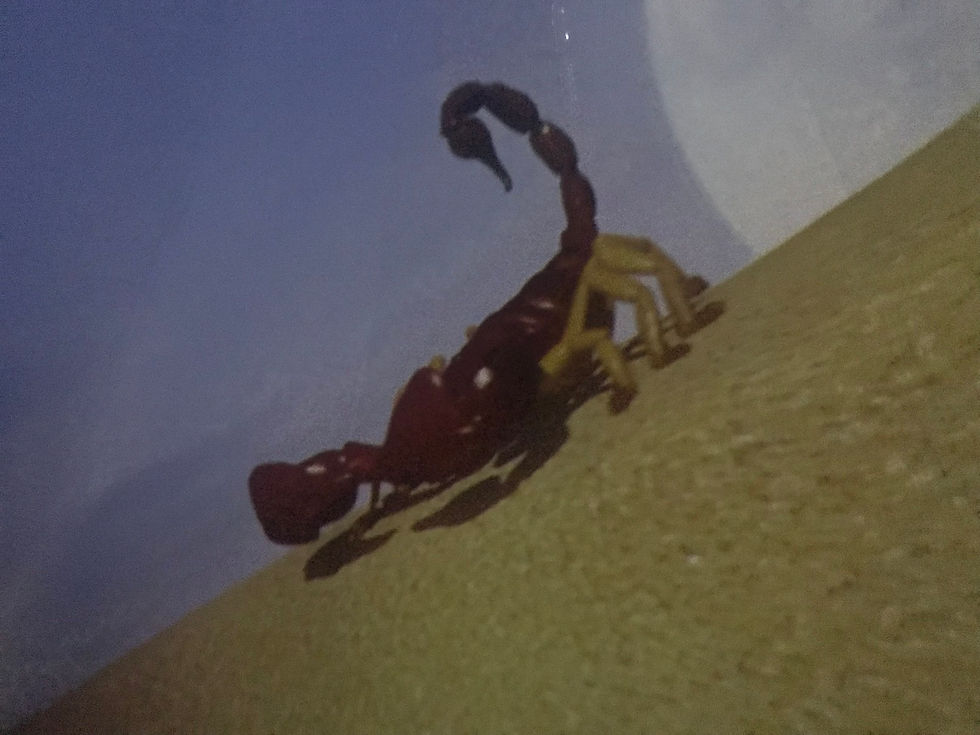
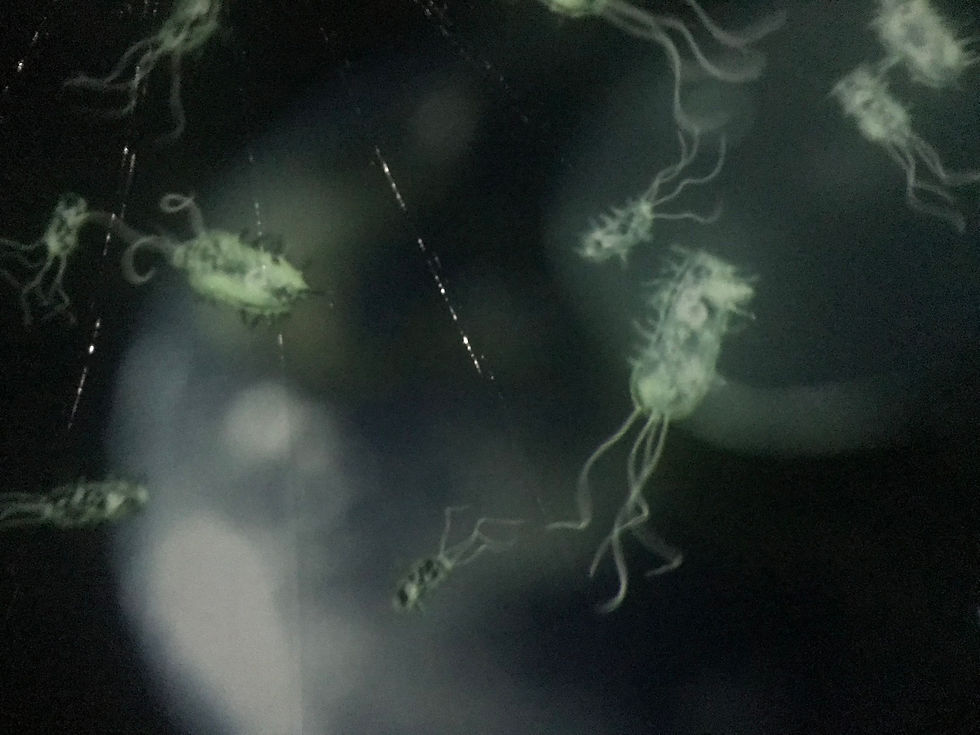


Space Week 2018
To celebrate Space Week 4th ,5th and 6th classes travelled to the Court House in Easkey to explore science and astronomy in the Exploration Dome Mobile Planetarium in a fun and interactive way. We would like to thank Ms. O’ Shaughnessy, Coláiste Iascaigh for organising and inviting us to the Planetarium.
The Solar System is made up of all the planets that orbit our Sun. In addition to the 8 planets, the Solar System also consists of dwarf planets,moons, comets, asteroids, minor planets,and dust and gas. Everything in the Solar System orbits or revolves around the Sun.
The Constellations?
Astronomy is the oldest science. This is because even the earliest cavemen would look up at the sky and wonder about it . People saw that the motions of the stars were regular and predictable. The first use for Constellations was probably religious. People thought that the Gods lived in the heavens and that they created them. Many cultures believed that the positions of the stars were their God’s way of telling stories. So it seemed natural to recognize patterns in the sky, give them names, and tell stories about them. We inherited the names for our constellations from the Greeks nd they named the constellations after their mythological heroes and legends. So behind every constellation there is a story. For example, to the ancient Greeks, Orion was a great hunter. He was the son of Neptune (god of the sea). But the same stars were considered to depict Osiris by the Egyptians. Each different culture developed their own interpretation.
A more practical use for constellations was agriculture. Before there were proper calendars people had no way of knowing when to sow, or harvest except by the stars. Constellations made the patterns of the stars easy to remember. The ancient peoples knew for example that when the constellation Orion started to be fully visible winter was coming soon. Or they could look at the Summer Triangle to know when Summer or Spring were coming as well. The stars allowed farmers to plan ahead and constellations made it easier to recognize and interpret the patterns in the sky.
The constellations also helped with navigation. Sailors could figure out latitude just by looking at how high Polaris was in the night sky. This allowed for ships to travel across the globe to the discovery of America, the spread of European culture, and civilization as we know it today.
Is Earth the only planet with life? We watched a film about the hunt for the evidence of alien life. “WE ARE ALIENS!”
We also saw beautiful fractals. A fractal is made by repeating a simple process again and again. Fractals are found all over nature. We find the same patterns again and again, from branching of trees, in pine cones and shells.
Did you know?
-
Earth is in “The Goldilocks Zone”
-
Dr Norah Patten from Ballina, Co Mayo, was one of 12 participants from around the world selected to take part in a scientist-astronaut training programme in Florida in October 2017, and is now on the list of candidates available to go to space.Ever since she visited Nasa in Cleveland, Ohio at the age of 11, she has always wanted to fly into space.
-
There are millions and millions of microbes around the world. Where there are microbes there is life of some form.
-
Saturn has 62 moons. (Mairéad) . Titan is the largest moon .( Allie)
-
Mars has a lake that is 16Km in lenth.(Brian C. )
-
The criteria to be a planet, is size, spherical and have a clear orbit arounf the sun.(Eibhin)
-
Galileo born Italy made the first telescope in 1598. (Amber)
-
Robots are being to Mars to search for signs of life. (Noah)
-
The diameter of the Moon is about a quarter if the diameter of the Earth. (Lindsay)
-
Shooting stars are not stars. A shooting star is really a small piece of rock or dust that hits Earth’s atmosphere from space. It moves so fast that it heats up and glows as it moves through the atmosphere. Shooting stars are actually what astronomers call meteors. Most meteors burn up in the atmosphere before they reach the ground. However, once in a while a meteor is large enough than some of it survives and reaches Earth’s surface. Then it is called a meteorite. (Aoife)
-
The air surrounding Earth is called the atmosphere. (Brian W.)
-
Europa is one of Jupiter’s moons. (Alan)
-
Neil Armstrong was the first man to walk on the Moon. (Jack)
-
Europa has twice as much water as our planet. (Wayne)
-
The Goblin is a newly discovered dwarf planet and Pluto was demoted to a dwarf planet in 2006.(Eoin)
St. Patrick's Day Slime
This was our second attempt at making slime using borax as our first attempt was unsatisfactory so we adjusted the recipe. Borax is a white compound which occurs as a mineral in some alkaline salt deposits and is used in making glass and ceramics, detergents and antiseptic. We have also used a borax solution to grow crystal snowflakes as the crystals grow in a matter of hours.
1: We dissolved 1/4 teaspoon of borax powder into 1/2 cup of warm water in a cup and mixed thoroughly to make a solution which is the slime activator.
2: In the second cup we measured out about 1/2 cup of PVA glue and add glitter and green food colouring.
3: We poured the borax solution into glue mixture and mixed using lots of elbow grease.
4: When it started to come together but still was sticky and clumpy we removed it from cup.
5: We spent a few minutes kneading the mixture together as this is the secret to making stretchy slime . We had borax solution left over.
6: We stored the slime in sealable plastic bags.
What’s the science behind the slime? The borate ions in the slime activator mix with the PVA (polyvinyl-acetate) glue and forms this cool stretchy substance(slime). This is called cross linking!
The glue is a polymer and is made up of long, repeating, and identical strands or molecules. These molecules with flow past one another keeping the glue in a liquid state until you add the borate ions to the mixture, when it starts to connect these long strands together. They begin to tangle and mix until the substance is less like the liquid you started with and thicker and more like rubber.
It is like the difference between wet spaghetti and leftover spaghetti the next day. As the slime forms the tangled molecule strands are much like the clump of spaghetti!
Is slime a liquid or solid? Slime is a Non-newtonian fluid because it’s a little bit of both!















Science Week - Harness the Power, Heat, Motion
Ms. Hughes’ class participated in the “Harness The Power, Heat, Motion” event in The National Museum of Country Life, in Turlough, Castlebar where they listened, worked in pairs and planned the design of a robot which would draw once a battery and a motor were attached.
Every pair were successful in building a robot that was able to draw on the paper.


STEM: A Robotic Hand
The Robot Hand is a simple engineering activity that teaches children all about the world of robotics! With just card, wool and straws the children created a moving, bendable hand. This activity encourages exploration of robotics, engineering, and creative thinking, making it an ideal STEM activity.
This Robotic Hand STEM Activity combines designing and creating and engineering. It also encourages students to think about how the human body functions, robotic technology in the real world, and elements of design.
 robotic hand (18) |  robotic hand (17) |  robotic hand (16) |
|---|---|---|
 robotic hand (15) |  robotic hand (14) |  robotic hand (11) |
 robotic hand (13) |  robotic hand (12) |  robotic hand (9) |
 robotic hand (10) |  robotic hand (8) |  robotic hand (7) |
 robotic hand (6) |  robotic hand (5) |  robotic hand (4) |
 robotic hand (3) |  robotic hand (2) |  robotic hand (1) |
Experiment to investigate can you make something move by using only sound?(sound moves in waves)
2nd and 3rd class students love a good science experiment, and this one was no exception!
The equipment needed:
Mixing bowl, cling film, sugar, a baking tray and a wooden rolling pin.
To prepare we tightly wrapped cling film over the mixing bowl and sprinkled some sugar on top.
Each child then took turns in banging the rolling pin off the baking tray above the mixing bowl.
They were amazed to discover that the sounds waves produced by the baking tray and rolling pin, do in fact, make the sugar dance on the cling film!








Seakeeper's Project - The Basking Shark


Our school is participating in The SeaKeepers Project which is a new initiative of the Green-Schools Global Citizenship Marine Environment theme. This is part of our work towards our 8th Green Flag. This project focuses on the ecology of six native Irish marine species such as The Basking Shark. As we are situated near the Atlantic ocean we are finding these lessons informative and fun. We each completed a report and some artwork on the Basking Shark which is displayed in the classroom. This month we are learning about the Grey Seal which is very common in Irish waters.
The Marshmallow Challenge
Objective: To construct a tower as high as possible using only spaghetti and masking tape. A marshmallow must be placed on top of the tower. The tallest tower standing unaided wins.
Time:20 minutes
Materials: 90 cm Masking tape, 25 sticks of spaghetti and a marshmallow.
This task involved teamwork, creativity, innovation and problem solving. Group 3 built the tallest tower but did not manage to hold the marshmallow on top.
All of the pupils were engaged in the task and worked very well in their groups.

Maths Week 2019
During Maths Week we investigated the splitting and mixing of light by drawing circles with our compasses and measuring angles with our protractors.
 |  |
|---|---|
 |  |
 |  |
 |  |
 |  |
 |  |
 |  |
 |  |
 |  |

.png)

_edited.png)

.png)














